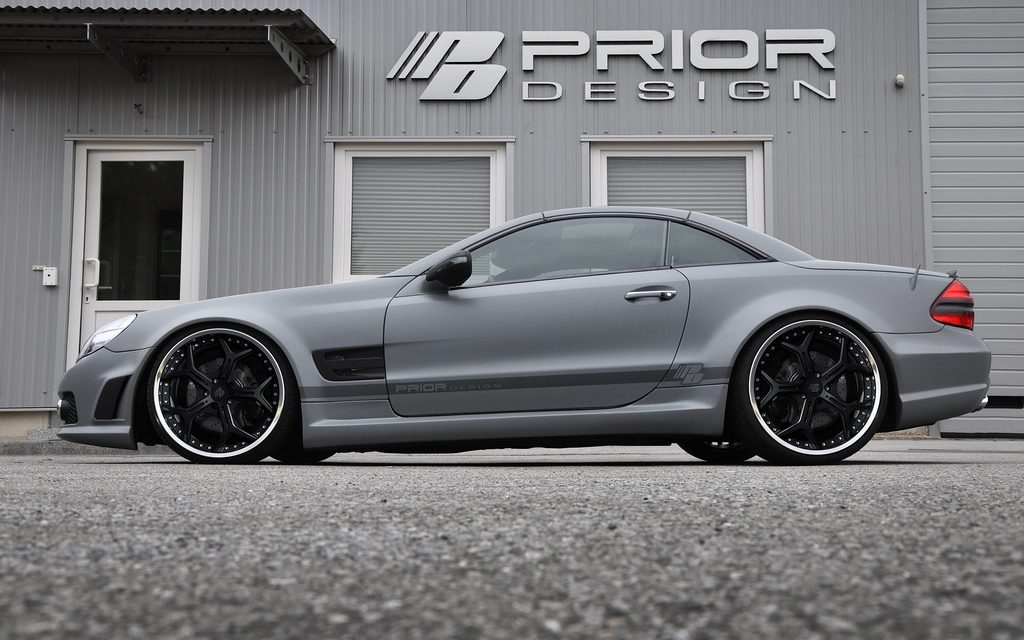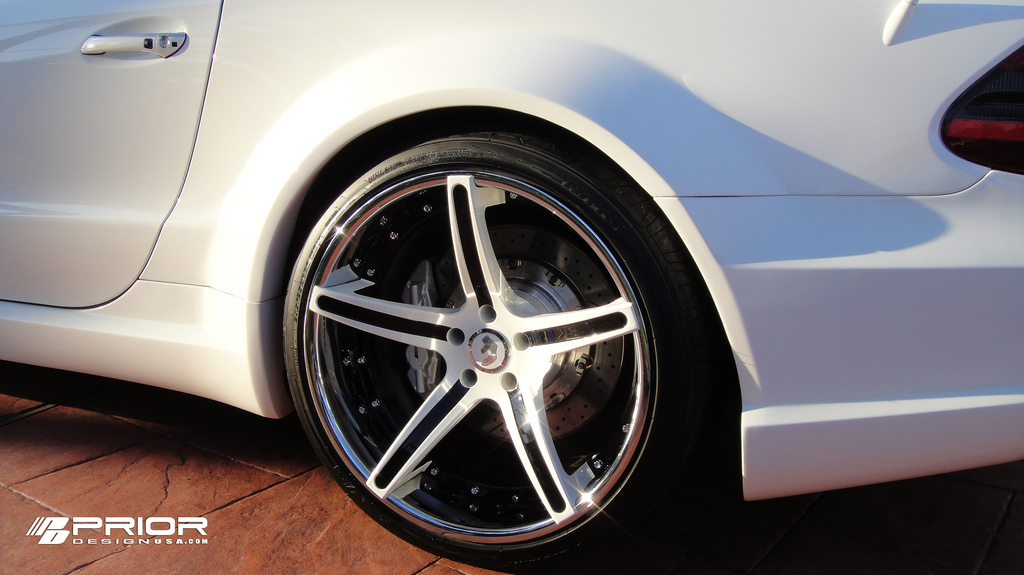Low-profile tires provide a more comfortable ride
When you think of sport cars, among the appealing features are undeniably the wheels and tires. Many new car models nowadays come with their own set of low-profile wheels and tires. One such example is the 2019 Honda Civic Hatchback Sport. Some car owners may consider a customized electric or a pressurized suspension kit together with larger wheels and lower profile tires. If done properly, pressurized suspension kits absorb the shock generated when you hit road bumps or sink into destructive potholes. Hence, such kits help you enjoy a smoother ride.
Not all cars can handle low-profile wheels
However, some cars are not equipped with the proper steering and suspension systems needed to accommodate low-profile tires. Despite the dashing and aggressive sporty looks of low-profile wheels and tires, this may result in suspension failure and even accidents. Therefore, when you are projecting to adopt sporty wheel and tires, consider that you will need to adapt the suspension of your car with new rims, tires and suspension accordingly. The unique geometry of your car’s suspension was designed to handle a specific rim and a combination of tires. All this was taken into account by engineers during the research and development phase during the manufacturing of your vehicle.

Before making such an investment you need to know the advantages and disadvantages of low-profile tires.
Pros:
• Better wheel response
Low-profile tires have stiffer sidewalls than average tires and have a wider contact area with the road. You will have better road grip and wheel response on smooth surfaces. With low tires, you have less weight transfer when you quickly accelerate or stop.
• Low rolling resistance
If you want to save on fuel cost, low wheels are your best bet because they reduce rolling resistance. Low-profile tires have short sidewalls and simplified tread pattern, which makes handling and acceleration easier while providing greater stability.
Cons:
• Steering becomes harder
Despite improved handling, steering may become harder. This, in turn, will lead to poor stability as the steering will lack sharpness as compared to regular tires.
• Worn suspension bushings
Note that changes to the wheel and tire sizes will affect the suspension bushings, which may cause the front end of your car to slip out of alignment, resulting in premature tire wear.
Finally, you’ll have to weight the pros and cons of your choice of tires before making the right decision as it is a serious matter of safety.


1 comment
[…] Factors To Consider Before Opting For Low-Profile Tires […]